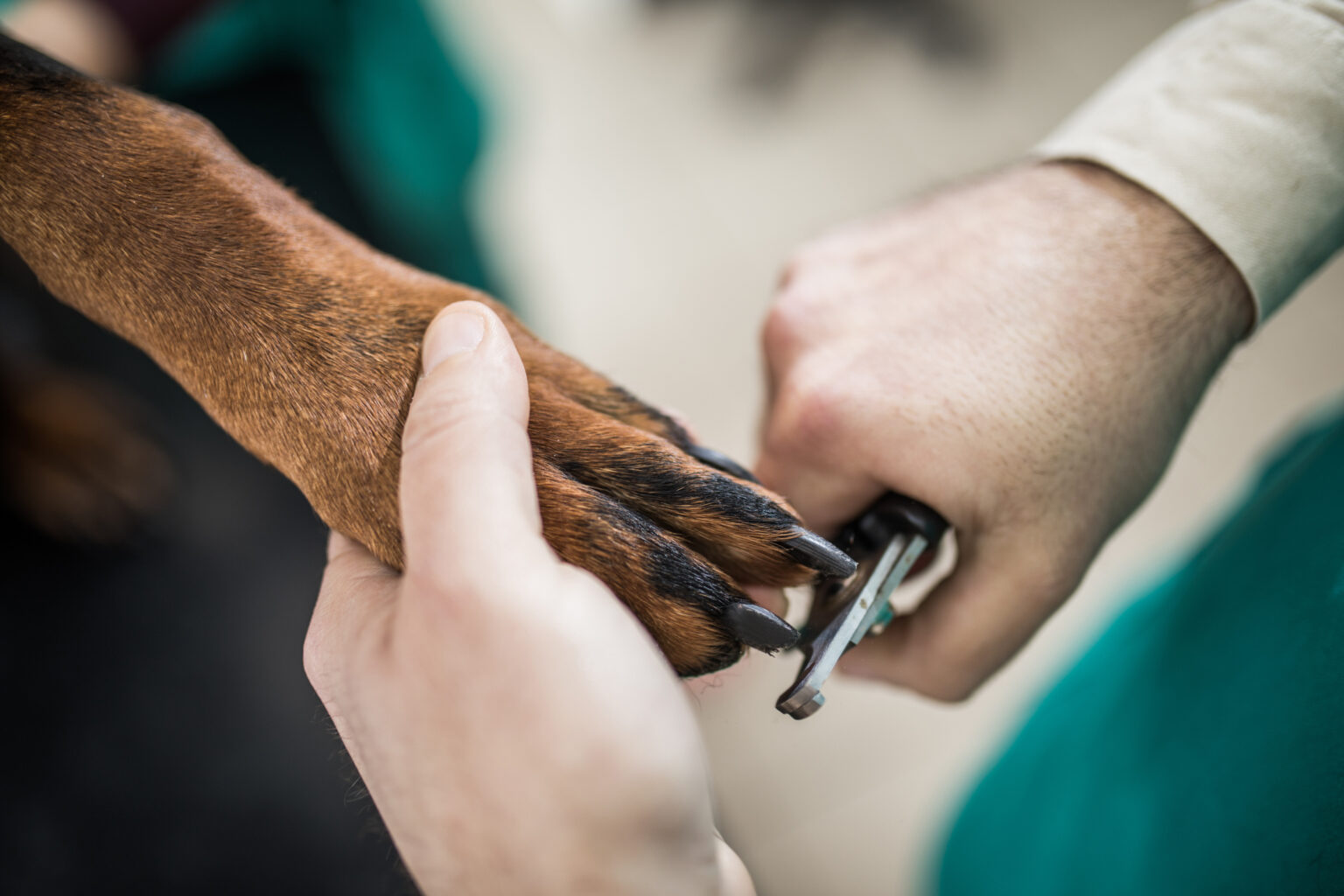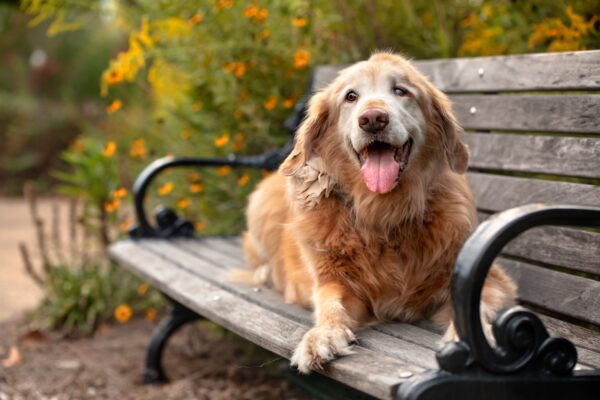Learning how to use dog nail clippers isn’t the first thing that springs to mind when buying a puppy – but it’s still important. It’s a good idea to introduce dog nail clippers (without cutting) and handle their paws often from an early age. If you’re nervous, your dog is likely to be, too!
Why do dog’s nails need to be trimmed
Overgrown nails can be quite painful and at risk of breaking, the latter of which may require veterinary treatment. As us humans wear socks and shoes, our nails are cushioned and protected – even if they become too long. Dogs, on the other hand? There is nothing stopping their overgrown nails from hitting the ground, which can push their nails into their nail beds and even cause them to have a painful break. Ouch! Understanding how to trim nails that are overgrown may help to prevent your pooch from pain.
How to tell if a dog’s nails need trimming
- Your dog’s nails should never touch the floor. If you hear a clicking noise, this is when to trim your dog’s nails.
- City dogs will need their nails trimmed more frequently, whereas more active dogs wear their nails down more naturally.
- Check if your dog’s nails are overgrown if they’re limping, showing pain or weakness and overuse. Scuffing is often seen with dragging front or back legs.
How to cut dogs nails with clippers: the step-by-step guide
Slowly introduce your dog to handling their paws and legs for longer periods of time. You want to feel confident and steady when trimming dog nails. If you’re not quite sure how or you’re uncomfortable cutting at home, your vet or vet nurse will be able to show you how to do this easily and safely. Here are our vet’s top tips on how to trim dog nails at home.
1. Collect together your nail trimming tool kit
- A pair of dog nail clippers. The smaller they are, the better control you’ll have – but make sure that you’re using the right size for the nail size/thickness. Using small clippers on big dogs can be painful!
- A bag of dog treats. Reward your pooch with treats and praise after you’ve finished trimming their nails – a handy tip for how to trim nails of an anxious dog.
- A flashlight (or nail clippers with light). This may help to identify the quick if your dog has dark nails.
- Styptic powder or pencil. A useful tool for any dog nail bleeding after trimming.
- Paw balm. Not an essential, but this can help to soothe your dog’s paws afterwards.
Alternatively, you can learn how to trim dog nails without clippers and use nail grinders instead.
2. Locate the quick
The ‘quick’ is the blood vessel and nerve in your dog’s nail. Cutting this sensitive area can be painful and cause dog nail bleeding after trimming – so you should avoid it at all costs! The more frequently the insensitive nail (i.e. the chalky ring around the quick) is cut, the more the quick will retreat back into the claw. With nails, you should be able to see the quick quite easily – it’s pink. If your dog has black nails, you may not be able to locate the quick – even with a flashlight or nail clippers with light. As not to risk cutting the quick, the best way to trim dog nails is to do so very little and often.
3. Clip your dog’s nails
It’s a good idea to start with your dog’s hind feet, as these nails are likely to be shorter and less sensitive. With a pair of dog nail clippers, cut below the quick at a 45° angle, parallel to the bottom of the nail. For white nails, you can easily identify the pink quick, so cut before this. For black nails, cut small amounts at a time. Stop clipping when you can see white inside the nail with a small dot of black in the centre.
4. Smooth any sharp corners
File your dog’s nails with a dog nail emery board to smooth any sharp corners. You should only file the insensitive nail – not the quick.
5. Repeat as needed
How often to trim your dog’s nails will depend on your dog’s regular activity. You should clip your dog’s nails as often as needed – for some dogs this may be never, while for others it may be every 2–3 weeks. As a rule of thumb, if you can hear a clicking noise when your dog walks, it’s time to get out the dog nail clippers.
What do I do if my dog’s nail is bleeding after trimming?
If you catch the quick and your dog’s nail starts to bleed, don’t panic. Try to prevent any dirt from getting into the exposed quick. Stop the flow of blood by applying styptic powder; hold the tip of the swab and rotate slowly to seal it.
Our articles are not a replacement for face-to-face vet advice. It’s important to consult with your vet on a regular basis to raise any pet concerns that you may have.



